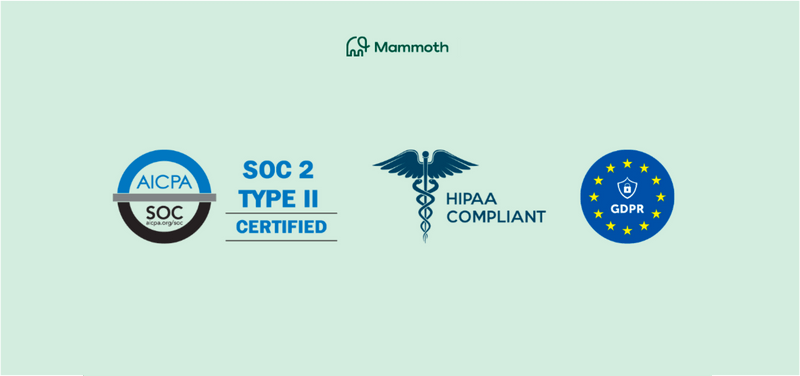Seven Features you Need to Demand in your Next Product
Spreadsheets are the lifeblood software for most organizations. But for a small (and rapidly growing) population of analysts, there is an unmet need for something more. The pains of managing their data are growing on a daily basis with no real solution in sight. The widening gap between Excel users versus SQL or R programmers is becoming a real problem. The most basic set of tasks of managing rows and columns takes unreasonable amounts of time and involves costly resources. For organizations ignoring these problems, this means either squandering away potential growth opportunities or losing their competitive edge, and in most cases both.
Is there an antidote to this world of data hell? What if, instead of only software engineers or data scientists, everyone in the organization was empowered with the right set of tools? A single platform where they can connect to all their data, ask any question, and discover and share findings, all without needing to write any code. A self-service product that allows people to take their raw data and convert them into insights without any help from IT. And all this without breaking the bank.
I’ve scoured the landscape, and despite all the hype in the data world, most claims ring hollow. It is a fragmented world that will consume your time, money, and brain cells, and still leave you unsatisfied.
It’s time to get away from the noise, start focusing on your needs, and demand them from your next solution. And let me tell you what your needs are:
1. Centralized Access to All your Data
A single place where you can connect to all of your data (desktop files, Google Analytics, Facebook, Salesforce, Dropbox, MySQL, etc.).
- You should be able to easily select the service you want to connect to, and specify how often you want the data refreshed. No coding please.
- Ability to merge a couple of data sources together is a great bonus
2. Warehousing without Constraints
Your team wants access to all of your data right now. At this very moment. On demand access without bothering the IT team? Yes, please.
3. Powerful Tools for Preparation and Cleanup
This is a big deal. Before any proper analysis or visualization, you need your data to be error-free and in proper shape. You may want to remove some duplicate rows, fix spelling mistakes, change the date format, search & replace values, merge data, perform a VLookup, etc…just a normal set of requests by any analyst.
The key requirement : Perform these tasks without learning a new language like SQL, Python or R.
4. Automation
You should make it a mission to avoid repeating the same data related tasks. You need the ability to record your steps into a pipeline with the intention of pushing new data into it. No more macros or stored procedures. You need a data pipeline for dummies.
5. Easy Analysis, Discovery and Visualization
After all the effort of preparing your data, let’s hope the next step does NOT involve downloading it into Excel or exporting to an expensive visualization solution.
You need all the tools required to analyze and visualize your data right away in the same environment. This will minimize your learning curve and more importantly, save you time and money.
6. Simple Reporting and Publishing
You’ve created some super insightful graphs, charts and tables. Great. You should now be able to package it all up in an interactive dashboard, publish it into a web page and share with your peers or clients. Better yet, you want your reports to refresh automatically when new data comes in. No more emailing large error-prone Excel attachments.
7. Customized Alerts
Alerting is a massive bonus and a great option to have. If your company metrics didn’t hit the target over the weekend, you should receive notifications on your phone. Setting up conditional or scheduled alerts will allow you to stay informed and nimble.
I could keep going with a couple more but I’ll stop here. I’m the founder of Mammoth Analytics and my team and I have been working hard to address all the above mentioned problems. As much as I am biased towards these feature requests (we offer them in a single product), they come from real world needs based on our customers’ and our own experiences.
If you have thoughts on this post, I’d love to hear it. And if you’re interested in learning more about what we are up to, please reach out at hello@mammoth.io.



